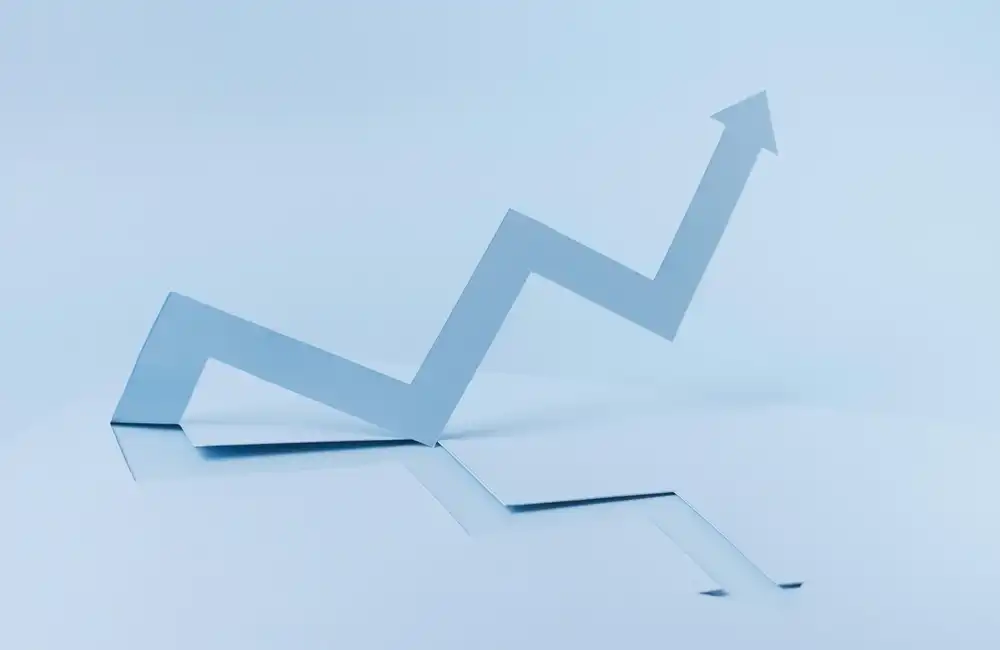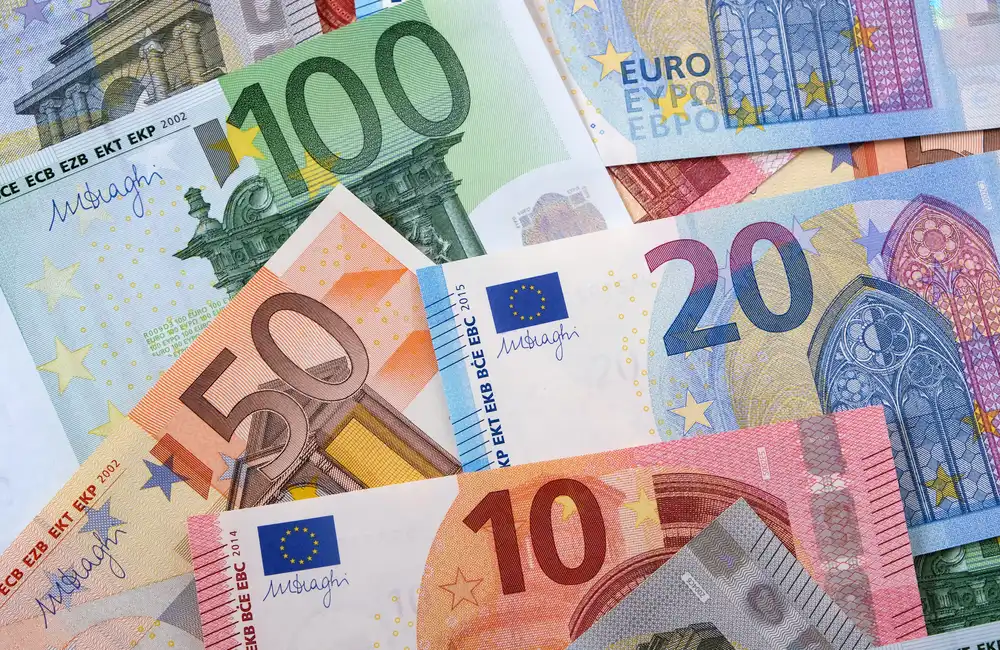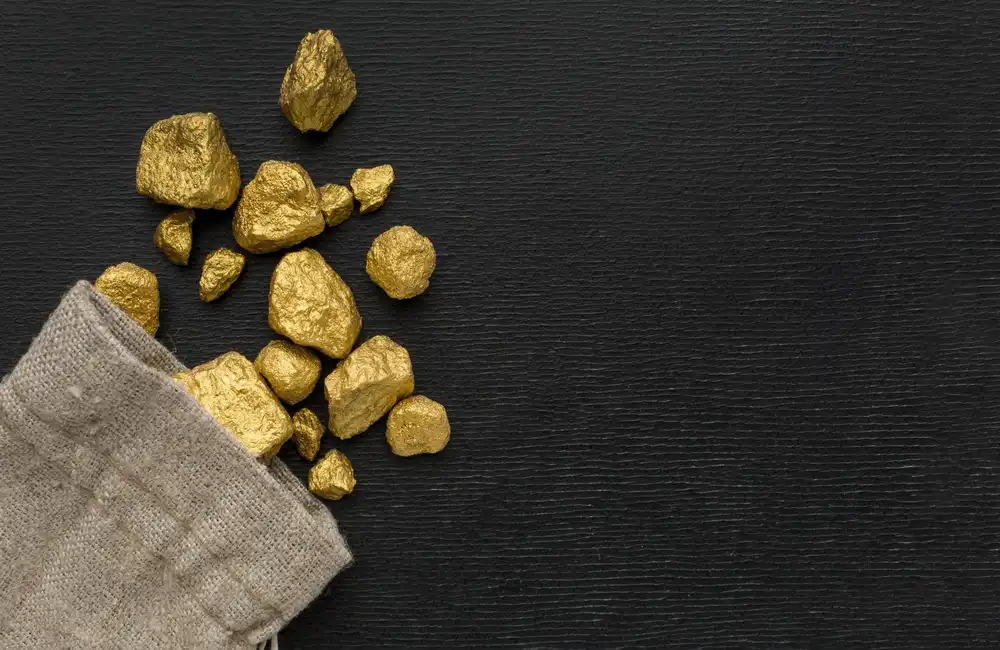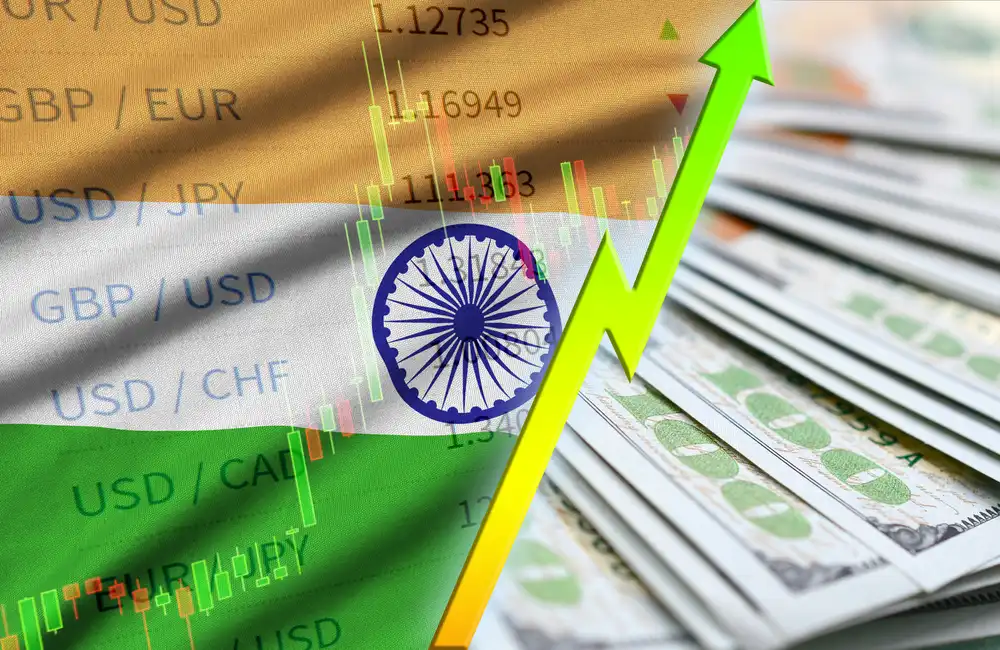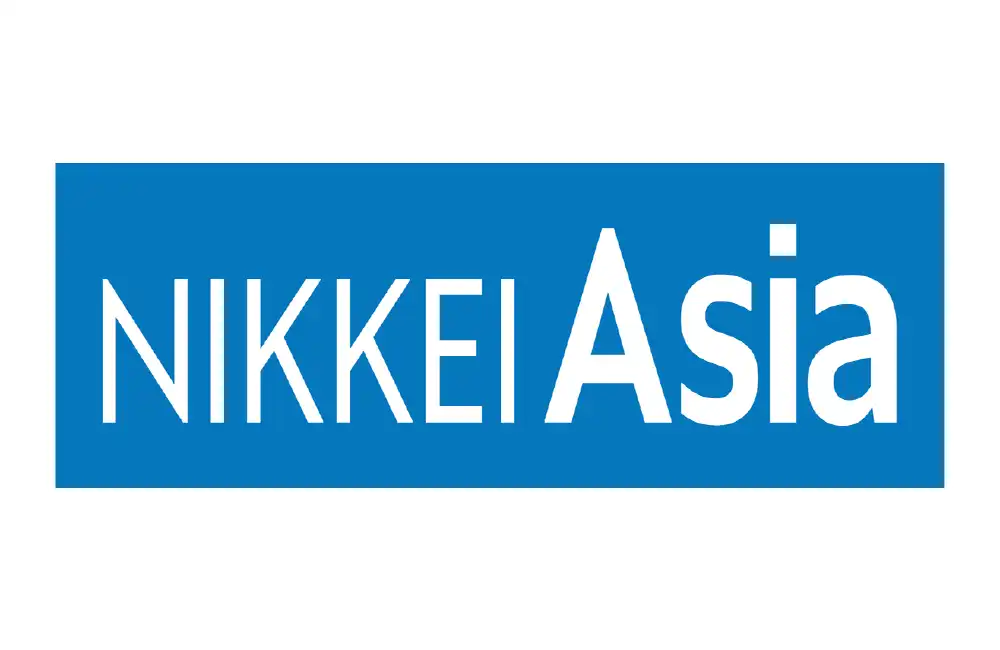Precious metals like gold, silver, and platinum are more than just shiny commodities; they hold significant value and play critical roles in global economies.
But have you wondered why their prices fluctuate? The answer lies in the fundamental economic principle of supply and demand. This article unpacks how these forces influence precious metal prices, examining both supply constraints and demand drivers.
Supply Side Dynamics
The availability of precious metals depends on various factors, all of which shape market prices. Let's explore some of the key elements affecting supply:
1. Mining Production Levels
Mining is the primary source of precious metals. However, production doesn't always match demand due to:
- Geological Limitations: Metals like platinum are rarer than gold and are concentrated in specific locations, such as South Africa and Russia.
- Labour Issues: Strikes or workforce shortages in mining regions can limit output.
- High Extraction Costs: Declining ore grades and increased depth of deposits make mining expensive and time-consuming.
2. Geopolitical Events
Instability in major mining regions often disrupts supply chains. For example:
- Political conflicts or sanctions can restrict exports of metals.
- Trade disputes might increase transportation costs, indirectly impacting metal prices.
3. Technological Advancements
Technological breakthroughs can enhance mining efficiency:
- Advanced Extraction Techniques: Innovations like bio-mining streamline the process of accessing ores in challenging environments.
- Recycling Technologies: Reclaiming metals from scrap is becoming increasingly viable, offering an alternative to traditional mining.
While technological progress can offset supply shortages, the impact is often gradual, taking years to influence market dynamics.
Demand Side Drivers
Demand for precious metals can surge for several reasons, often making prices soar. Here are the primary factors influencing it:
1. Industrial Applications
Beyond their aesthetic appeal, precious metals are vital for many industries:
- Silver: A critical component in electronics, solar panels, and medical equipment.
- Platinum: Widely used in catalytic converters for reducing vehicle emissions and also seeing increased interest for hydrogen fuel cell technologies.
2. Investment Appeal
Precious metals are often viewed as a safe haven during economic uncertainties. For instance:
- Gold: Tends to perform well in times of financial turmoil, as investors flock to it for its historic stability.
- Platinum and Silver: Though more volatile, they offer diversification options within investment portfolios.
3. Central Bank Reserves
Central banks hold precious metals, particularly gold, as part of their monetary reserves:
- Increased purchases by central banks can limit the metal's availability, pushing up prices.
- These reserves are often adjusted depending on global economic conditions, highlighting the interplay between macroeconomic policies and metal demand.
Recent Trends and Data
The dynamics of supply and demand have historically shaped the prices of precious metals. To illustrate this, consider the following trends:
Gold
- During economic downturns, demand surges due to its status as "a store of value."
- Central bank gold purchases hit a 55-year high in 2022, driven by concerns about inflation and geopolitical uncertainties, causing prices to rise steadily.
Silver
- Supply limitations due to labour strikes in South American mining regions have kept silver prices elevated.
- Demand for silver in renewable energy technologies, such as solar panels, increased by 18% in 2022, further tightening global supply.
Platinum
- With around 75% of global platinum mined in South Africa, any local disruptions have a significant ripple effect on supply.
- Demand for platinum in automotive manufacturing is steadily increasing as the global push for sustainable energy gains momentum.
These examples showcase how supply constraints and demand surges interact to directly impact pricing.
Balancing the Equation
Supply and demand dynamics create an ongoing tug-of-war, determining the market value of precious metals. Tight supply combined with surging demand often leads to price spikes. Conversely, reduced demand or overproduction can result in falling prices. For investors and industries relying on these metals, understanding these trends is crucial for making informed decisions.
Stay Ahead and Be Prepared
Want to further your understanding of precious metals and their role in the global economy? Sign up for our biweekly newsletter, where we provide exclusive insights, expert analysis, and the latest industry updates.
For a deeper exploration of these concepts, download our detailed guide on navigating the precious metals market. Gain the knowledge you need to stay ahead of the curve and seize opportunities.
By keeping a close eye on the interplay between supply and demand, you’ll be better equipped to make strategic decisions in this dynamic market.


